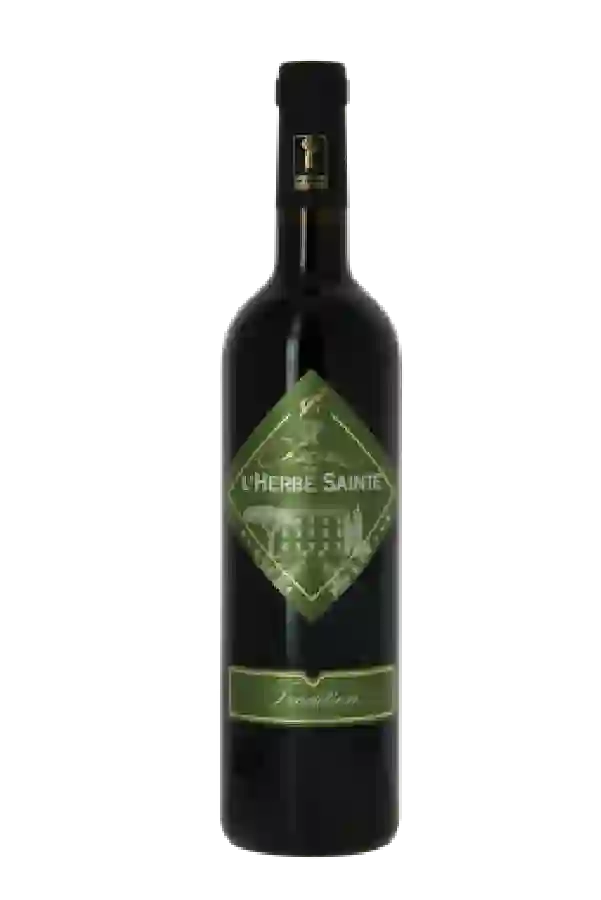
Domaine de l'Herbe SainteChateau de l'Herbe Sainte Ambroisie
In the mouth this red wine is a powerful with a nice balance between acidity and tannins.
This wine generally goes well with beef, veal or pasta.
Taste structure of the Chateau de l'Herbe Sainte Ambroisie from the Domaine de l'Herbe Sainte
Light | Bold | |
Smooth | Tannic | |
Dry | Sweet | |
Soft | Acidic |
In the mouth the Chateau de l'Herbe Sainte Ambroisie of Domaine de l'Herbe Sainte in the region of Languedoc-Roussillon is a powerful with a nice balance between acidity and tannins.
Food and wine pairings with Chateau de l'Herbe Sainte Ambroisie
Pairings that work perfectly with Chateau de l'Herbe Sainte Ambroisie
Original food and wine pairings with Chateau de l'Herbe Sainte Ambroisie
The Chateau de l'Herbe Sainte Ambroisie of Domaine de l'Herbe Sainte matches generally quite well with dishes of beef, pasta or veal such as recipes of puchero, baked lasagna or chicken and sausage stew with carrots.
Details and technical informations about Domaine de l'Herbe Sainte's Chateau de l'Herbe Sainte Ambroisie.
Discover the grape variety: Muscat Valvin
Interspecific crossing between the muscat du moulin or 299-35 Couderc (Pédro Ximénès x 603 Couderc (carignan noir x vitis rupestris) and the muscat ottonel obtained in 1962 by Bruce Reisch and Thomas Henick-Kling at the Experimental Station of the Cornell University - Geneva - New York (United States) Apart from this country, it is almost unknown in other wine-producing countries.
Informations about the Domaine de l'Herbe Sainte
The Domaine de l'Herbe Sainte is one of of the world's greatest estates. It offers 18 wines for sale in the of Minervois to come and discover on site or to buy online.
The wine region of Minervois
Minervois is an appellation for distinctive red wines from the western Languedoc region of France. In general, they are softer than those produced in the Corbières, just to the South. The Minervois appellation also covers rosé and white wines. The predominant Grape varieties used in AOC Minervois wines are Grenache, Syrah and Mourvèdre.
The wine region of Languedoc-Roussillon
Languedoc (formerly Coteaux du Languedoc) is a key appellation used in the Languedoc-Roussillon wine region of southern France. It covers Dry table wines of all three colors (red, white and rosé) from the entire region, but leaves Sweet and Sparkling wines to other more specialized appellations. About 75% of all Languedoc wines are red, with the remaining 25% split roughly down the middle between whites and rosés. The appellation covers most of the Languedoc region and almost a third of all the vineyards in France.
The word of the wine: Mou
Said of a wine unbalanced by its lack of acidity.












